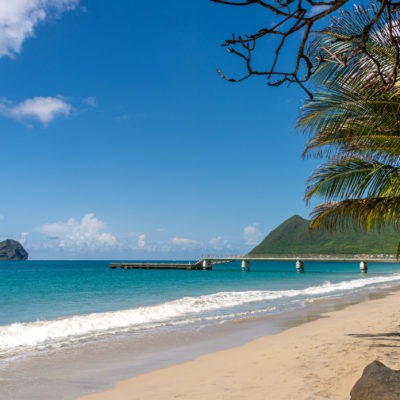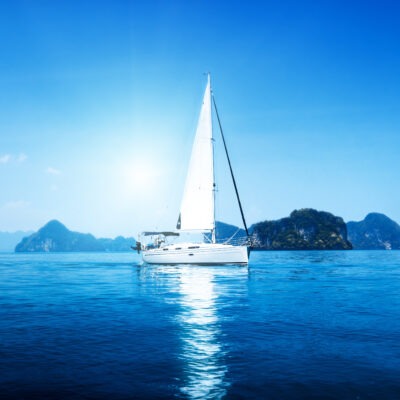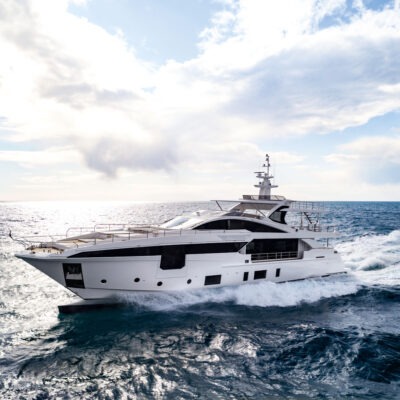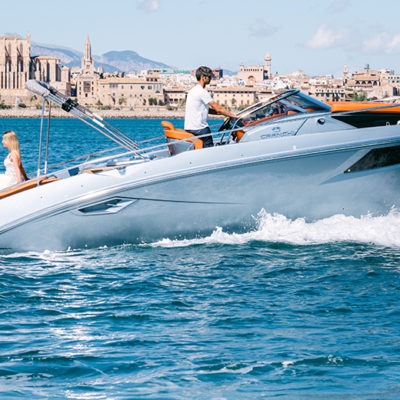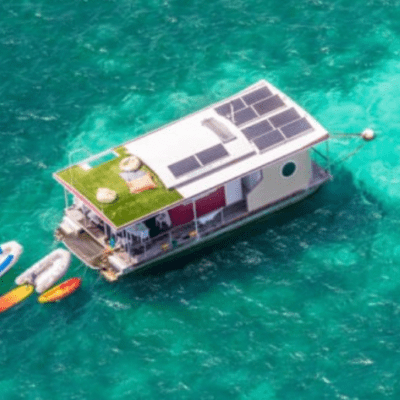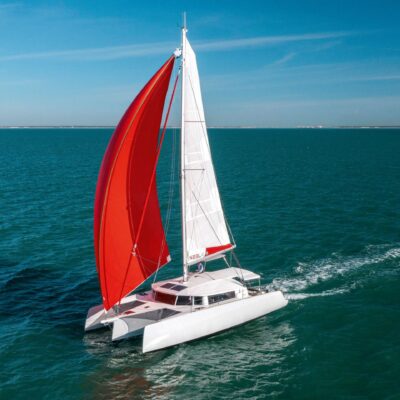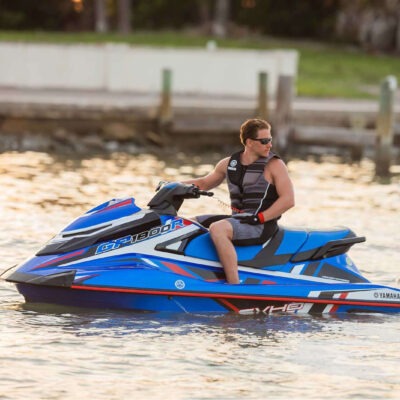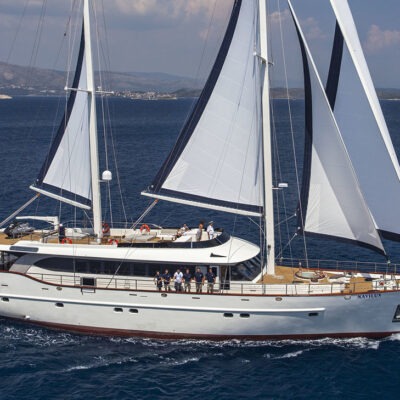Martinique and St. Lucia
Martinique: a slice of France with tropical forests and beaches. This is not an ordinary Caribbean island – you can feel magic upon arrival. Nature is rebelling at our feet: old mahogany trees, ferns, bamboo and crazy wildflowers.
Martinique is a bumpy French island at the southern end of the Caribbean. Part of the Lesser Antilles. In terms of its legal status, it is one of the French overseas departments. If you’ve been here before, you’re sure to want to come back again.
St. Lucia
The teardrop-shaped little island looks from above as if a gem has been dropped into the Caribbean. The island is part of the Lesser Antilles archipelago is located northeast of the islands of Saint Vincent and the Grenadines, northwest of Barbados, and south of Martinique. Its mountains rise green to the sky, its beaches golden, while the sea shines like a diamond in the hot sunlight. Despite its natural wealth, St. Lucia is still not as visited as the rest of the Caribbean. That is why it is recommended to come here and avoid the crowds.

The island of Martinique is not just a mixture of tranquil beaches with beach snacks and buffets. A few miles away there is a sugar cane plantation, high grassy steppes, and the Chateau Dubuc, where you will find 18th century sugar and coffee plantations, and you can even learn to surf at the local surf school.

Located in the hills above the capital Fort-de-France is the Jardin de Balata, a botanical garden created by horticultural expert and landscape artist Jean-Philippe Thoze. The 7-hectare botanical garden is home to more than 3.000 plant species.
Martinique’s highest point is Mount Pelée, 1.397 meters high, which is currently the third most dangerous volcano on the planet since it last erupted in 1902. Following the L’aileron route, you can reach the top of the mountain. It is worth starting in the pre-sunrise period, as this is how we get the most beautiful view.
Martinique is the rum capital of the world, 12 estates are used for the distillation process of rhum agricole (French rum). Rum has been made on the island since 1887, the best-known producer is the Habitation Clément, whose historic plantation and distillery attracts visitors.
St. Lucia: Close to Rodney Bay, in the Babonneau rainforest an adventurous cable park awaits adventurers. In the wonderful forest we can feel like Tarzan regardless of age and gender.

There are two main seasons on the island, the dry season from December to May and the rainy, wet and warm season, June to November. The average annual rainfall is about 2000 mm.
In the months from June to November, the island may be affected by tropical cyclones, as Martinique is at the heart of the tropical cyclone area.
The average annual temperature is 27 degrees Celsius and the seawater temperature is between 26 degrees Celsius and 28 degrees Celsius per year. The best time to visit Martinique is during the relatively dry period between January and May.
Wind:
Martinique is perfect for sailors as there are north-easterly trade winds blowing now of the year
General:
If you are staying in Martinique and the Lesser Antilles as a tourist for less than six months, you will only need a valid passport if you are from Europe or the United States
Banking:
The currency in the French Lesser Antilles islands is the Euro, while it is the Eastern Caribbean Dollar for the other islands (St. Lucia and St. Vincent, etc). Master and Visa cards are accepted. Banks are open Monday to Friday (8:00am to 4:00pm).
Internet:
Getting online is easy with plenty of Wi-Fi spots in restaurants and cafes, but you may find that speeds vary.

 Ask for a free consultation
Ask for a free consultation 